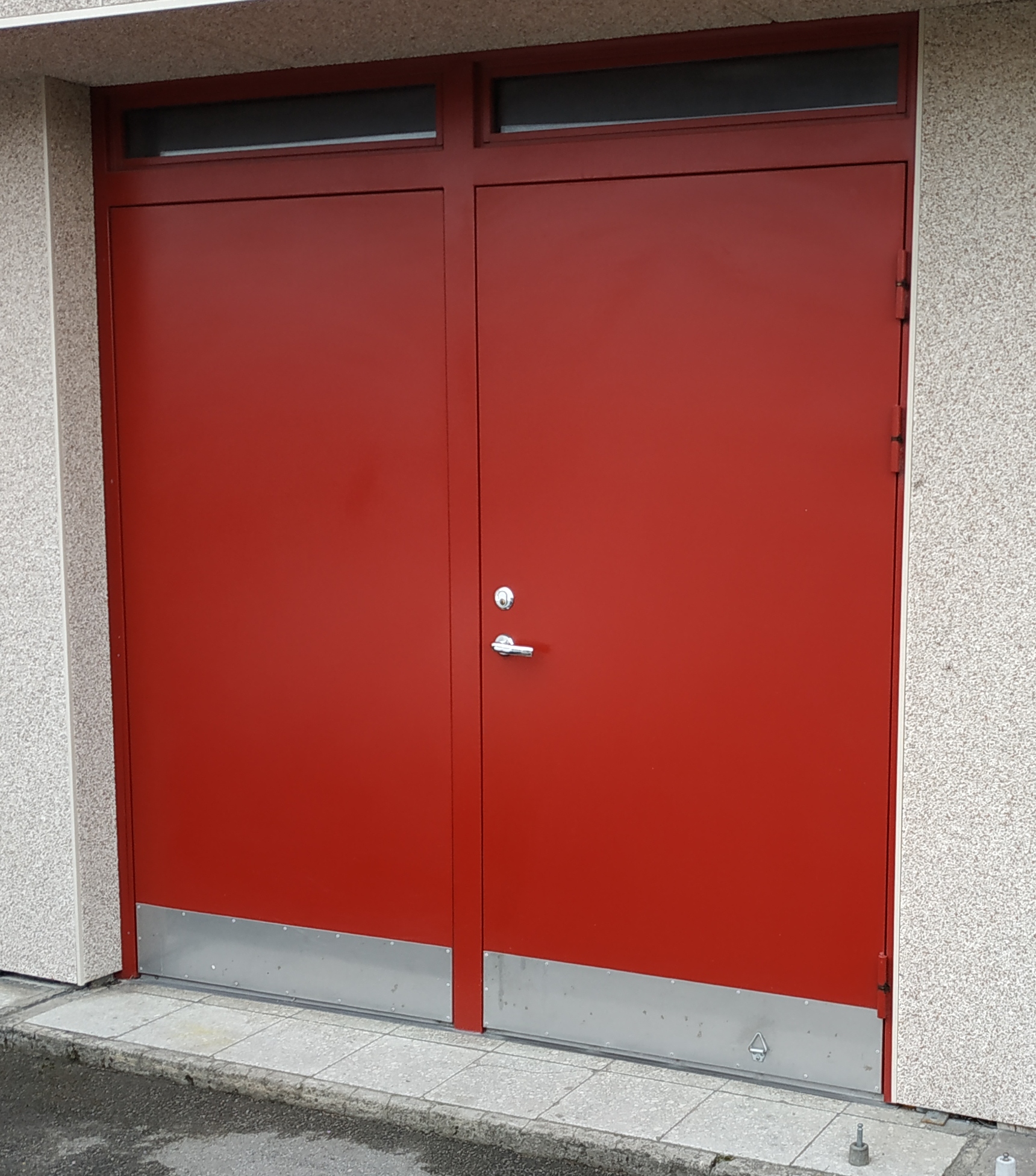Parima kogemuse pakkumiseks kasutame seadmeteabe salvestamiseks ja/või sellele juurdepääsemiseks küpsiseid. Küpsistega nõustumine võimaldab meil töödelda sirvimiskäitumist või unikaalseid ID-sid sellel veebilehel. Nõusoleku mitteandmine või tagasivõtmine võib teatud funktsioone piirata.
Tehniline salvestamine või juurdepääs on tingimata vajalik selleks, et võimaldada abonendi või kasutaja poolt selgesõnaliselt taotletud konkreetse teenuse kasutamist õiguspärasel eesmärgil või üksnes selleks, et edastada sidet elektroonilise sidevõrgu kaudu.
The technical storage or access is necessary for the legitimate purpose of storing preferences that are not requested by the subscriber or user.
Tehniline salvestusruum või juurdepääs, mida kasutatakse eranditult statistilistel eesmärkidel.
The technical storage or access that is used exclusively for anonymous statistical purposes. Without a subpoena, voluntary compliance on the part of your Internet Service Provider, or additional records from a third party, information stored or retrieved for this purpose alone cannot usually be used to identify you.
Tehniline salvestusruum või juurdepääs on vajalik kasutajaprofiilide loomiseks reklaami saatmiseks või kasutaja jälgimiseks veebisaidil või mitmel veebisaidil sarnastel turunduseesmärkidel.
